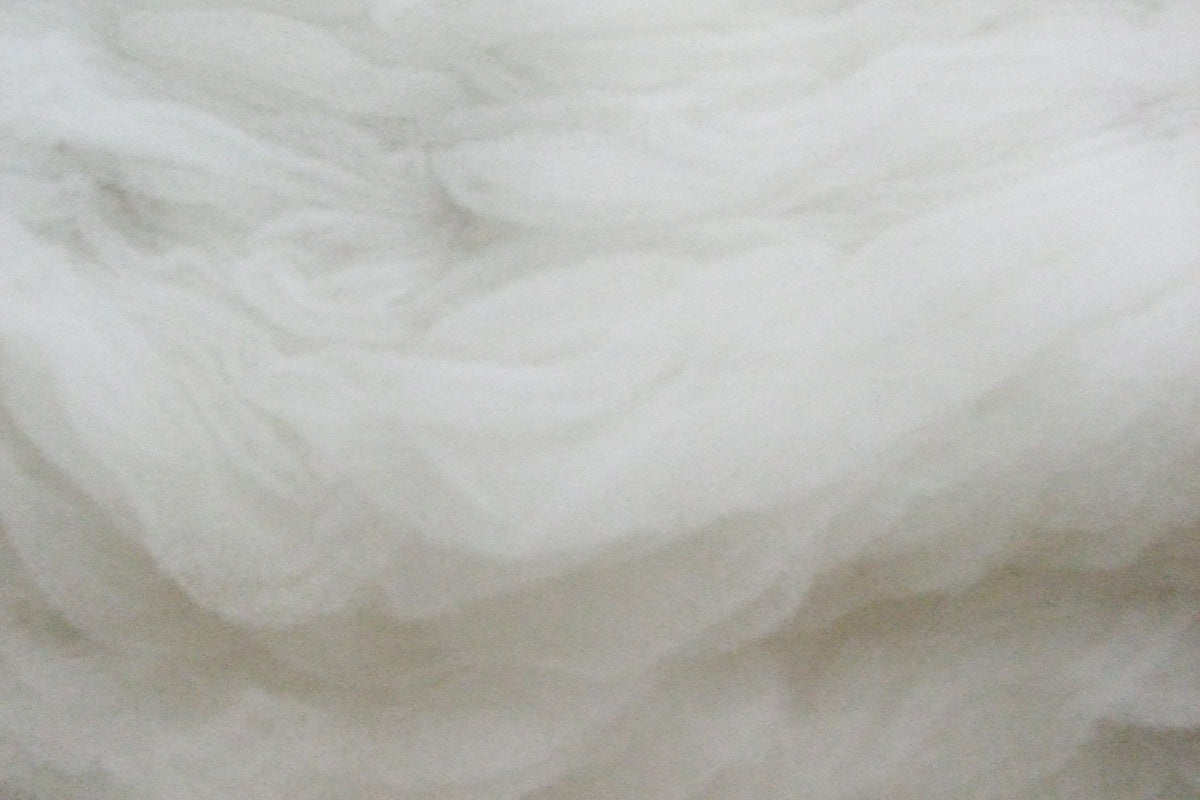Is it Truly 100% Cashmere?
Errors in Cashmere Blend Ratio Labeling
In the past, erroneous labeling of cashmere blends became a significant issue featured in newspapers and on television. This was a major problem for us at UTO, who handle cashmere. What was particularly shocking was that well-known department stores and select stores were implicated in the controversy.
Cashmere is approximately ten times more expensive than regular wool, so even a small discrepancy in the blend ratio significantly affects the cost of goods. For this reason, some unscrupulous parties have tried to profit by illicitly manipulating the blend ratio.
While it might seem that lowering the purchase price of raw materials by manipulating the cashmere blend ratio is a good idea, considering the risk if discovered, it is not a wise strategy. However, the issue of blend ratio manipulation has not yet been fully resolved.
As people who handle cashmere daily, we were astounded to discover a product labeled as 50% wool and 50% cashmere contained no cashmere at all. We must remain vigilant, as there have been fraudulent instances where genuine samples were provided, but the final product was adulterated with counterfeits.

The fashion industry has few laws and regulations. Opening a store or an apparel business requires no license or registration, and there are no restrictions on product color or design, unlike building codes. However, the accuracy of raw materials, laundry labeling, and country of origin labeling are mandated by law.
Most of our UTO products are made of cashmere, and if we were unable to sell cashmere due to a blending issue, our business would be immediately affected and our employees left in a precarious situation. Therefore, we pay strict attention to blend labeling. We believe the key is to purchase raw materials from reliable suppliers and not be swayed by sweet talk.
Cashmere products pass through many hands and companies before they reach completion. Since raw cashmere wool cannot be obtained in Japan, each imported batch is inspected in-house or at an official inspection agency by the spinning company. Of course, exporters also conduct numerous inspections to ensure no foreign materials are mixed in during export. The primary opportunity for foreign materials to be mixed in is during the sorting process of raw wool, with little to no chance during subsequent processes. Therefore, inspections at the raw wool stage are extremely important.
Even with the strictest inspections, a rope binding the raw wool might break and fibers could mix in, leading to a 99.9% result. However, it is impossible for foreign matter to exceed 1% unless it is intentional. To account for unforeseen circumstances, the law allows cashmere up to 97% to be labeled as 100%. Still, it's unlikely that as much as 3% foreign matter will mix in through proper channels.

The Hair Products Inspection Association, commonly known as "Keken," is responsible for preventing misrepresentation to ensure that raw materials and products imported from overseas are as labeled when they reach consumers. For self-protection, it is important to conduct a thorough inspection and obtain certification.
Mr. Kimura, an inspector who helped me when I wrote a book titled "The Story of Cashmere and Knitwear," once showed me the inspection site. Seeing visual inspections conducted under a microscope, I realized how challenging the job is. However, the entity receiving the inspection incurs certain costs.





